-
 Bitcoin
Bitcoin $117500
2.15% -
 Ethereum
Ethereum $3911
6.19% -
 XRP
XRP $3.316
10.79% -
 Tether USDt
Tether USDt $1.000
0.01% -
 BNB
BNB $787.2
2.24% -
 Solana
Solana $175.2
4.15% -
 USDC
USDC $0.9999
0.00% -
 Dogecoin
Dogecoin $0.2225
8.40% -
 TRON
TRON $0.3383
0.28% -
 Cardano
Cardano $0.7868
6.02% -
 Stellar
Stellar $0.4382
9.34% -
 Hyperliquid
Hyperliquid $40.92
7.56% -
 Sui
Sui $3.764
7.63% -
 Chainlink
Chainlink $18.48
10.66% -
 Bitcoin Cash
Bitcoin Cash $582.1
1.88% -
 Hedera
Hedera $0.2601
6.30% -
 Avalanche
Avalanche $23.33
4.94% -
 Ethena USDe
Ethena USDe $1.001
0.02% -
 Litecoin
Litecoin $122.3
2.04% -
 UNUS SED LEO
UNUS SED LEO $8.969
-0.27% -
 Toncoin
Toncoin $3.339
0.86% -
 Shiba Inu
Shiba Inu $0.00001287
4.30% -
 Uniswap
Uniswap $10.43
7.38% -
 Polkadot
Polkadot $3.861
5.08% -
 Dai
Dai $1.000
0.02% -
 Bitget Token
Bitget Token $4.513
3.41% -
 Monero
Monero $267.7
-6.18% -
 Cronos
Cronos $0.1499
4.14% -
 Pepe
Pepe $0.00001110
5.15% -
 Aave
Aave $284.9
8.28%
How is Cardano's cross-chain bridge technology implemented?
Cardano's cross-chain bridge technology, powered by its Sidechains-as-a-Service framework, enhances liquidity, increases accessibility, and expands ecosystem interoperability, fostering collaboration and innovation within the cryptocurrency space.
Feb 17, 2025 at 02:24 pm
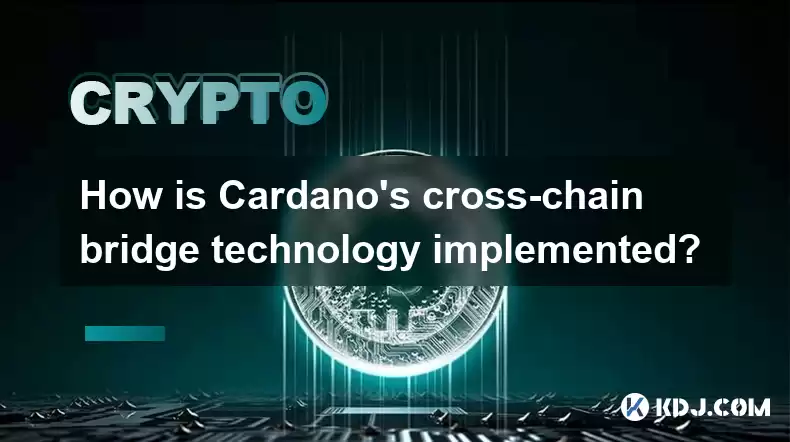
Key Points:
- Cardano's commitment to interoperability through cross-chain bridge technology
- Technical details of the Sidechains-as-a-Service framework
- Benefits of Cardano's cross-chain bridge: Enhanced liquidity, increased accessibility, and expanded ecosystem
- Examples and use cases of successful cross-chain bridge implementations
- Potential risks and challenges associated with cross-chain bridges
Cardano's Cross-Chain Bridge Technology: Implementation and Benefits
Cardano's cross-chain bridge technology plays a pivotal role in driving interoperability within the cryptocurrency ecosystem, enabling the seamless transfer of assets and data between different blockchain networks. This technology is a crucial part of Cardano's strategy to foster collaboration and innovation within the blockchain space.
Technical Details of Cardano's Sidechains-as-a-Service Framework
Cardano's cross-chain bridge technology is primarily implemented through its Sidechains-as-a-Service (SCaaS) framework. This framework enables developers to create and manage their own sidechains, which are interconnected with the Cardano blockchain. Each sidechain can operate with its own set of rules and parameters, allowing for tailored solutions that meet specific application requirements.
Benefits of Cardano's Cross-Chain Bridge Technology
Cardano's cross-chain bridge technology provides numerous benefits, including:
- Enhanced Liquidity: By facilitating the transfer of assets between different blockchain networks, cross-chain bridges improve liquidity and reduce market fragmentation. This allows users to access a wider range of trading opportunities and optimize their investment strategies.
- Increased Accessibility: Cross-chain bridges make it easier for users to interact with different blockchain ecosystems, reducing barriers to entry and increasing accessibility to a wider audience. This expansion of accessibility fosters innovation and encourages collaboration among blockchain developers.
- Expanded Ecosystem: Cross-chain bridges contribute to the growth of the blockchain ecosystem by connecting isolated networks and creating a more interconnected and collaborative environment. This ecosystem expansion promotes innovation, drives adoption, and enables the development of new and exciting applications.
Examples of Successful Cross-Chain Bridge Implementations
Several notable examples demonstrate the successful implementation of Cardano's cross-chain bridge technology:
- Milkomeda C1: This scalable sidechain enables the use of Ethereum-based smart contracts on Cardano. It has attracted significant interest from developers due to its compatibility with popular decentralized applications (dApps).
- Cardano Island: Designed to bridge the gap between Cardano and the vast community of dApps on the Binance Smart Chain, Cardano Island facilitates the transfer of assets and data between these two ecosystems.
- Ardana: A decentralized stablecoin ecosystem on Cardano, Ardana leverages cross-chain bridge technology to connect with other blockchain networks, ensuring liquidity for its stablecoins and seamless access to diverse markets.
Potential Risks and Challenges Associated with Cross-Chain Bridges
While cross-chain bridges offer significant benefits, there are potential risks and challenges associated with their use:
- Security Vulnerabilities: Cross-chain bridges may introduce security risks due to their complexity and the potential for malicious attacks. Thorough security audits and robust implementation practices are essential to mitigate these risks.
- Interoperability Limitations: Cross-chain bridges can only facilitate interoperability between compatible blockchain networks. They may struggle to adapt to changes in the underlying blockchain protocols or may limit the types of assets and data that can be transferred.
- Centralization Concerns: Cross-chain bridges may introduce centralized points of failure or control, which could undermine the decentralized nature of blockchain networks. Decentralized governance and community involvement are crucial to address these concerns.
FAQs Related to Cardano's Cross-Chain Bridge Technology
What are the main benefits of using Cardano's cross-chain bridge technology?
- Cardano's cross-chain bridge technology offers enhanced liquidity, increased accessibility, and expanded ecosystem interoperability. It facilitates the transfer of assets and data between different blockchain networks, fostering innovation and collaboration within the cryptocurrency space.
What are the different types of cross-chain bridges implemented by Cardano?
- Cardano primarily utilizes its Sidechains-as-a-Service (SCaaS) framework for implementing cross-chain bridges. This framework allows developers to establish and manage sidechains interoperable with the Cardano blockchain, each with its own set of rules and parameters for tailored applications.
What are some examples of successful cross-chain bridge implementations on Cardano?
- Notable examples of successful cross-chain bridge implementations on Cardano include Milkomeda C1, Cardano Island, and Ardana. Milkomeda C1 enables the use of Ethereum-based smart contracts, while Cardano Island bridges Cardano with the Binance Smart Chain ecosystem. Ardana leverages cross-chain bridges to connect with other blockchain networks, ensuring liquidity for its stablecoin ecosystem.
What are the potential challenges and risks associated with using cross-chain bridges?
- Cross-chain bridges may introduce security vulnerabilities due to their complexity and the potential for malicious attacks. It is crucial to prioritize thorough security audits and robust implementation practices. Additionally, interoperability limitations
Disclaimer:info@kdj.com
The information provided is not trading advice. kdj.com does not assume any responsibility for any investments made based on the information provided in this article. Cryptocurrencies are highly volatile and it is highly recommended that you invest with caution after thorough research!
If you believe that the content used on this website infringes your copyright, please contact us immediately (info@kdj.com) and we will delete it promptly.
- Stablecoins, Hong Kong, and On-Chain Finance: Navigating the Regulatory Maze
- 2025-08-08 12:30:12
- Tron's Sell-Off Spurs Altcoin Shift: What's Next for TRX?
- 2025-08-08 08:30:12
- Euler, DeFi, and Coinbase: A New York Minute on the Latest Buzz
- 2025-08-08 12:30:12
- RUVI Presale: Is the Growth Potential Real?
- 2025-08-08 09:10:12
- Sleep Token's US Takeover: Thornhill Rides the 'Even In Arcadia' Wave
- 2025-08-08 08:30:12
- FTT Token's Wild Ride: Creditor Repayments vs. Market Drop - A New Yorker's Take
- 2025-08-08 07:10:12
Related knowledge

Where can I buy UMA (UMA)?
Aug 07,2025 at 06:42pm
Understanding UMA and Its Role in Decentralized FinanceUMA (Universal Market Access) is an Ethereum-based decentralized finance (DeFi) protocol design...
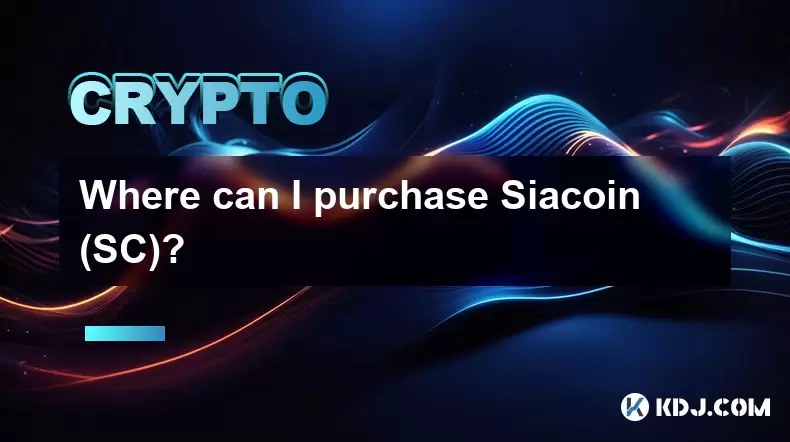
Where can I purchase Siacoin (SC)?
Aug 08,2025 at 11:14am
Understanding Siacoin (SC) and Its Role in the Sia NetworkSiacoin (SC) is the native cryptocurrency of the Sia decentralized cloud storage platform, a...
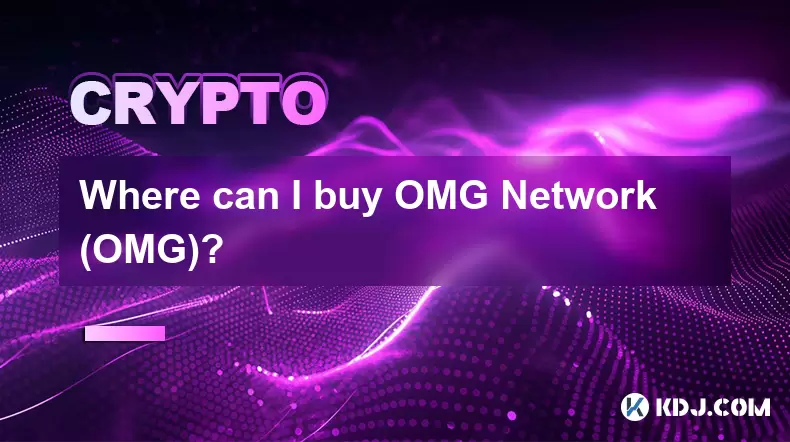
Where can I buy OMG Network (OMG)?
Aug 08,2025 at 12:57pm
Understanding OMG Network (OMG) and Its PurposeThe OMG Network, originally known as OmiseGO, is a layer-2 scaling solution built on the Ethereum block...
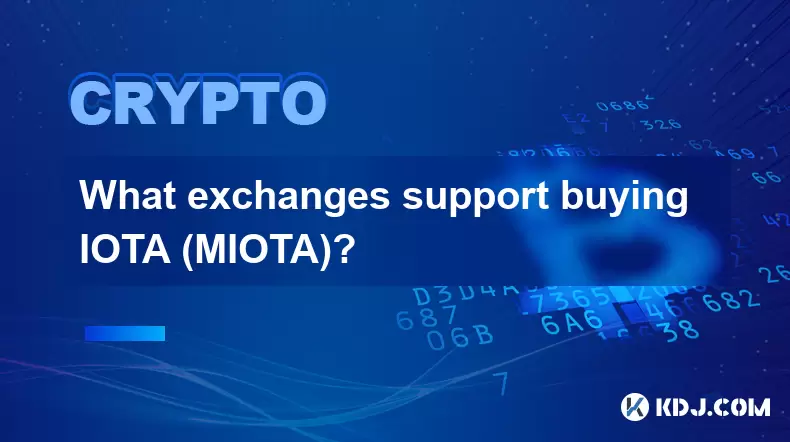
What exchanges support buying IOTA (MIOTA)?
Aug 07,2025 at 09:58pm
Understanding the Role of Private Keys in Cryptocurrency SecurityIn the world of cryptocurrency, private keys are the cornerstone of ownership and con...
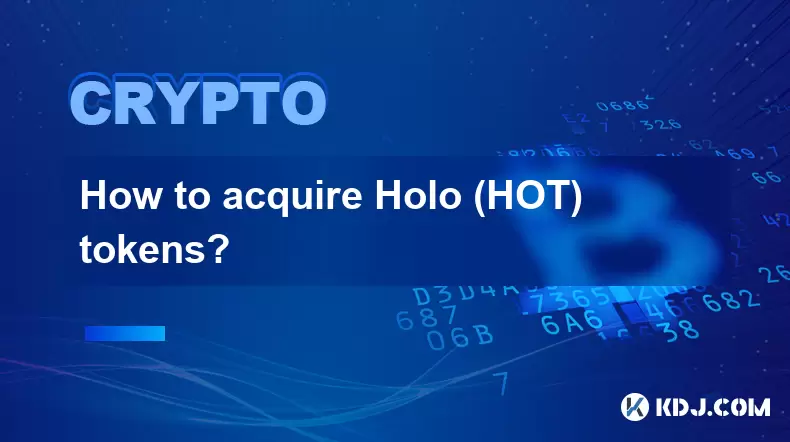
How to acquire Holo (HOT) tokens?
Aug 08,2025 at 05:56am
Understanding Holo (HOT) and Its EcosystemHolo (HOT) is a cryptocurrency token associated with the Holo ecosystem, which is built on the Holochain fra...
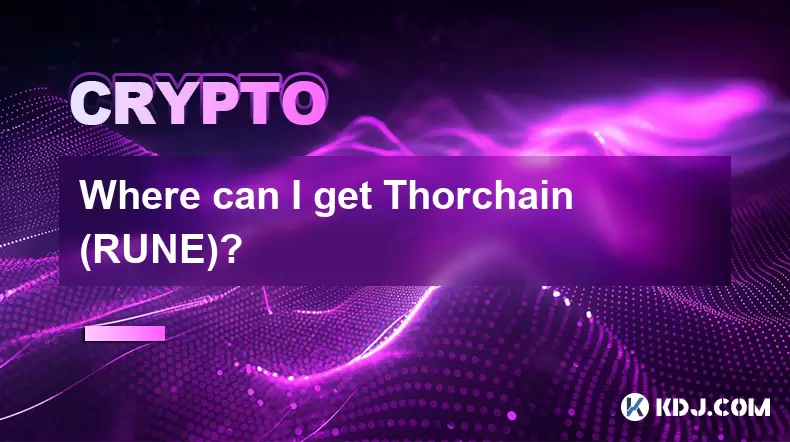
Where can I get Thorchain (RUNE)?
Aug 08,2025 at 08:07am
Understanding the Role of Seed Phrases in Cryptocurrency WalletsA seed phrase, also known as a recovery phrase or mnemonic phrase, is a critical compo...

Where can I buy UMA (UMA)?
Aug 07,2025 at 06:42pm
Understanding UMA and Its Role in Decentralized FinanceUMA (Universal Market Access) is an Ethereum-based decentralized finance (DeFi) protocol design...

Where can I purchase Siacoin (SC)?
Aug 08,2025 at 11:14am
Understanding Siacoin (SC) and Its Role in the Sia NetworkSiacoin (SC) is the native cryptocurrency of the Sia decentralized cloud storage platform, a...

Where can I buy OMG Network (OMG)?
Aug 08,2025 at 12:57pm
Understanding OMG Network (OMG) and Its PurposeThe OMG Network, originally known as OmiseGO, is a layer-2 scaling solution built on the Ethereum block...

What exchanges support buying IOTA (MIOTA)?
Aug 07,2025 at 09:58pm
Understanding the Role of Private Keys in Cryptocurrency SecurityIn the world of cryptocurrency, private keys are the cornerstone of ownership and con...

How to acquire Holo (HOT) tokens?
Aug 08,2025 at 05:56am
Understanding Holo (HOT) and Its EcosystemHolo (HOT) is a cryptocurrency token associated with the Holo ecosystem, which is built on the Holochain fra...

Where can I get Thorchain (RUNE)?
Aug 08,2025 at 08:07am
Understanding the Role of Seed Phrases in Cryptocurrency WalletsA seed phrase, also known as a recovery phrase or mnemonic phrase, is a critical compo...
See all articles

























































































